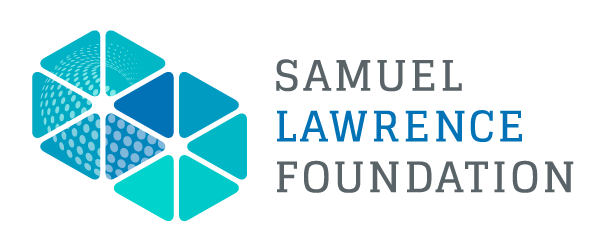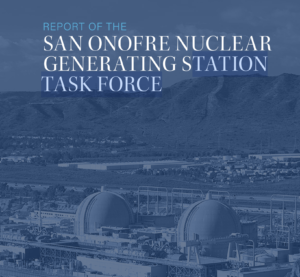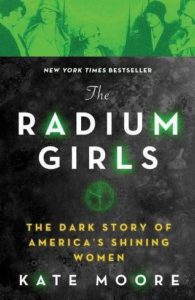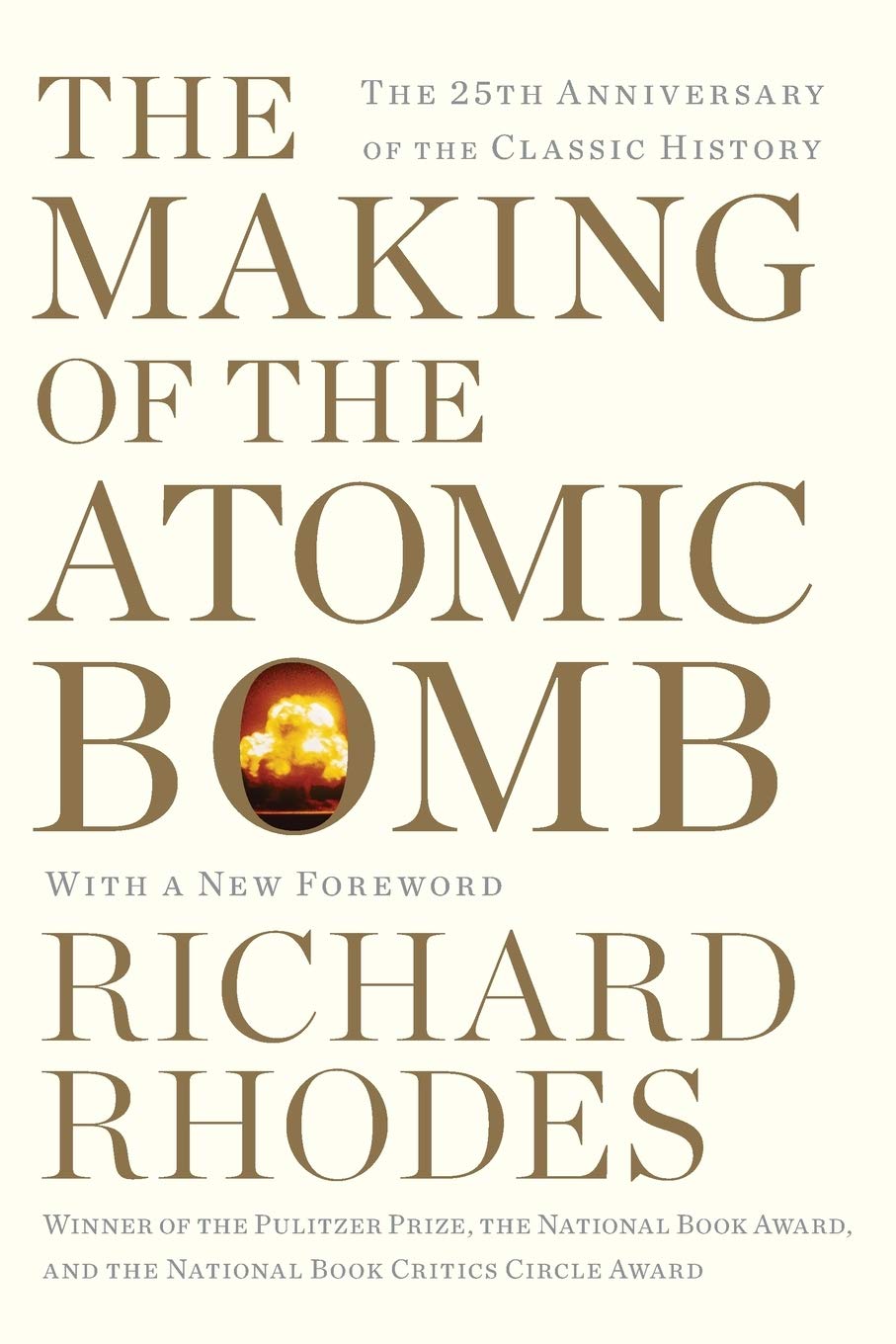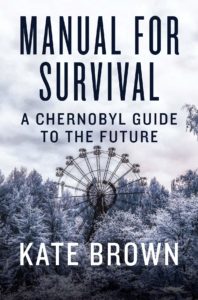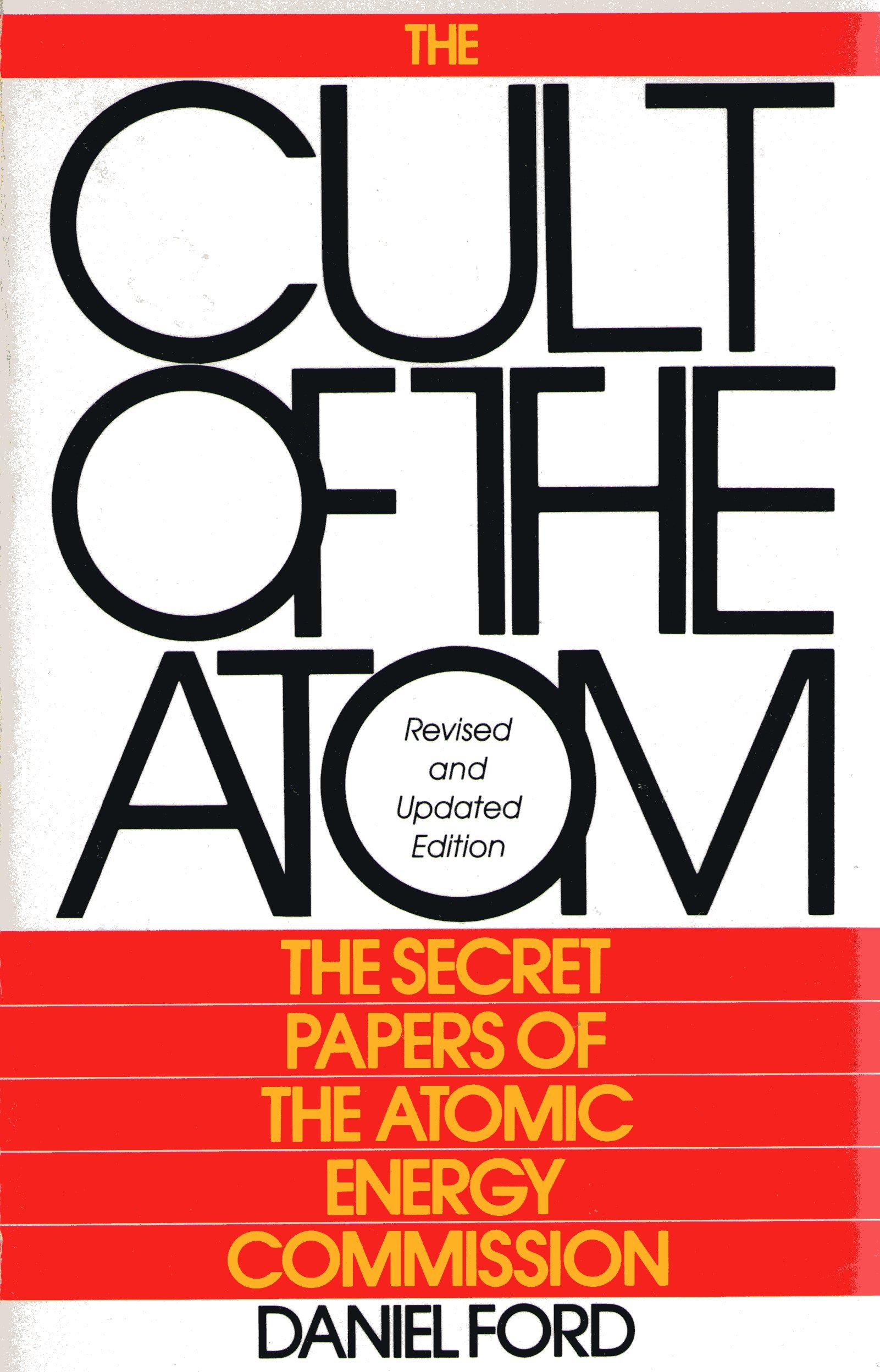Risks of San Onofre Nuclear Waste Dump
In 2021, SLF collaborated with the Coalition for Nuclear Safety (CNS) released a summarized one-pager on the problems of the San Onofre nuclear waste site. We encourage you to share it with your family, friends, and colleagues to increase awareness on this critical issue that could affect millions of California residents.
Potential Impact: What Could Lead to a Waste Storage Accident?
In 2019 SLF released an expert report on the technical problems of the San Onofre nuclear waste storage.
A collaboration of physicists, former military personnel, and engineers with considerable nuclear experience issued the report. To see how these problems could lead to a nuclear waste accident at San Onofre exceeding $13.4 trillion, read our separate Economic Impact Report.
T. English, PhD, S.Chakraborty PhD, Len Hering Sr. RADM USN
A Nationwide Pileup of Nuclear Waste
The issue of how best to store nuclear waste at San Onofre affects Californians across the state, but the problem extends far beyond our side of the country. In fact, nuclear waste is piled up at nearly 80 locations in 34 states. Of all the locations where nuclear waste is stranded, more than two dozen are on the grounds of shuttered plants. Some of those plants have been dismantled and removed altogether. But the waste stays behind, with nowhere to go.
We encourage you to view and share this map highlighting the widespread issue of nuclear waste storage in the United States.
2020 S.O.N.G.S. TASK FORCE REPORT
The San Onofre Nuclear Generating Task Force Report was released last year after 18 months of fact-finding. SLF is proud to have joined scientists, policy makers and community leaders in preparing the document. Thanks so much to Rep. Mike Levin for bringing us together. We will continue to appreciate his leadership as he advances eight key policy recommendations contained in the report.
We encourage you to review the report and share it widely:
San Onofre Radioactive Waste Poll Results
In February 2021, SLF collaborated with UCSD to survey registered voters in the County of San Diego and the County of Orange. The data makes clear that large majorities of registered voters in both counties are highly concerned about the potential consequences of storing radioactive waste at the San Onofre nuclear power plant and support more transparency form utility companies when it comes to radioactive waste storage.
The results further show that, after learning about the radioactive waste stored at San Onofre, an overwhelming majority support more aggressive federal, state, and local action to contain radioactive waste in order to protect the environment, the economy, and our communities.

Eric Epstein Webinar
“How to do Independent Radiation Monitoring at Nuclear Power Plants”
 Stream the Interview! Epstein is the chariman of Three Mile Island Alert, Inc. and coordinates EFMR Monitoring, Inc (Read Bio). In this webinar, Mr. Epstein addresses the need for transparent radiation monitoring at nuclear power plants, lessons learned form Three Mile Island nuclear accident, and several questions posed by the webinar audience.
Stream the Interview! Epstein is the chariman of Three Mile Island Alert, Inc. and coordinates EFMR Monitoring, Inc (Read Bio). In this webinar, Mr. Epstein addresses the need for transparent radiation monitoring at nuclear power plants, lessons learned form Three Mile Island nuclear accident, and several questions posed by the webinar audience.
Dr. Ian Fairlie Webinar
“Is it Safe to Live Near San Onofre Nuclear Power Plant?”
 Stream the Interview! Fairlie, a consultant who studied the Chernobyl fallout before leading the UK’s Committee Examining Radiation Risks of Internal Emitters, has advised the European Parliament and other government agencies on the dangers of radiation exposure (Read Bio). During the webinar, Fairlie told listeners that it’s better to be aware of the dangers of radiation exposure than to live in ignorant bliss.
Stream the Interview! Fairlie, a consultant who studied the Chernobyl fallout before leading the UK’s Committee Examining Radiation Risks of Internal Emitters, has advised the European Parliament and other government agencies on the dangers of radiation exposure (Read Bio). During the webinar, Fairlie told listeners that it’s better to be aware of the dangers of radiation exposure than to live in ignorant bliss.
Statement on Tritium
On November 19, 2020, SFL had radiation biologist, Ian Fairlie PhD, lecture on the safety of living near a nuclear power plants. Dr. Fairlie described some recent thinking about tritium, a radioactive isotope of hydrogen, which is released in large quantities by nuclear facilities – even at closed plants like San Onofre. The summary of his comments are followed by references to his report.
Dr. Shaun Burnie Webinar
“Fukushima’s Radioactive Legacy”
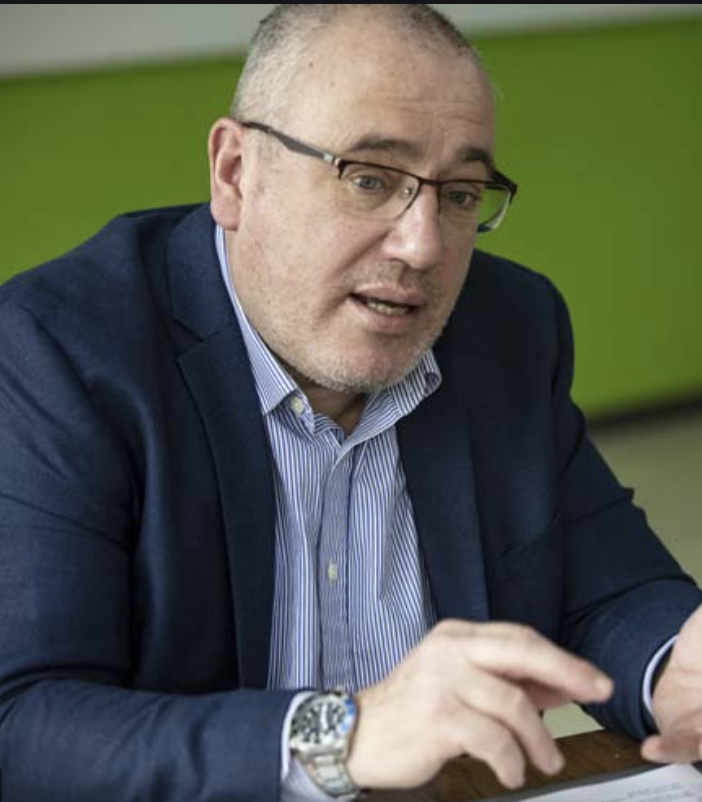 Stream the Interview! Shaun Burnie, senior nuclear specialist with Greenpeace Germany, focuses on nuclear policy in East Asia, nuclear fuel cycle issues, and nuclear power plant safety (Read Bio). Burnie discusses the radioactive water problem and the impacts of our nuclear power industry on the environment and people.
Stream the Interview! Shaun Burnie, senior nuclear specialist with Greenpeace Germany, focuses on nuclear policy in East Asia, nuclear fuel cycle issues, and nuclear power plant safety (Read Bio). Burnie discusses the radioactive water problem and the impacts of our nuclear power industry on the environment and people.
Don Mosier Interview
“Lessons from the COVID19 Response”
 Stream the Interview! Appointed by Anthony Fauci, Dr. Mosier chaired the first National Institution of Health AIDS review committee. At the forefront of infectious disease, he frequently collaborates with the World Health Organization (WHO), ANRS, UC San Diego, Scripps and other critical scientific organizations.
Stream the Interview! Appointed by Anthony Fauci, Dr. Mosier chaired the first National Institution of Health AIDS review committee. At the forefront of infectious disease, he frequently collaborates with the World Health Organization (WHO), ANRS, UC San Diego, Scripps and other critical scientific organizations.
Fukushima: Ongoing Lessons for California
“I almost had to evacuate Tokyo,” said Former Prime Minister of Japan, Naoto Kan.
On June 4, 2013 the Former Prime Minister of Japan, Naoto Kan spoke at Samuel Lawrence Foundation’s, “Fukushima: Ongoing Lessons for California” in San Diego, CA. Introduction by San Diego County Supervisor Dave Roberts. Panel testimony included remarks made by nuclear experts including the Former Chairman of the U.S. Nuclear Regulatory Commission, Gregory Jaczko and Former Commissioner of the U.S. Nuclear Regulatory Commission, Peter Bradford. Watch the full video recording of the event here.
Additional Resources
Organizational Partners
San Onofre Safety provides years of documents on dry storage, safety issues, health risks, and nuclear waste transportation.
Fairewinds provides easy to understand information on the basics of nuclear power, waste, spent fuel and meltdowns.
Reports & Briefings
In May of 2019, Admiral Len Hering (Ret.) gave a briefing to Congress on the management of NRC and Southern California Edison regarding the decommissioning of SONGS. Watch excerpts from the briefing below.
An expert report on the potential economic impacts of the San Onofre nuclear waste storage.
A collaboration of physicists, former military personnel, and engineers with considerable nuclear experience issued the report. A potential impact of a nuclear waste accident at San Onofre could exceed $13.4 trillion.
R. McCann PhD, E. Stryjewski PhD
Suggested Reading
Join Our Supporters
We take great pride in our mission and accomplishments. SLF incubates young, change-making organizations. Find out how your donation can have meaningful impact to our science, art and environmental programs!
